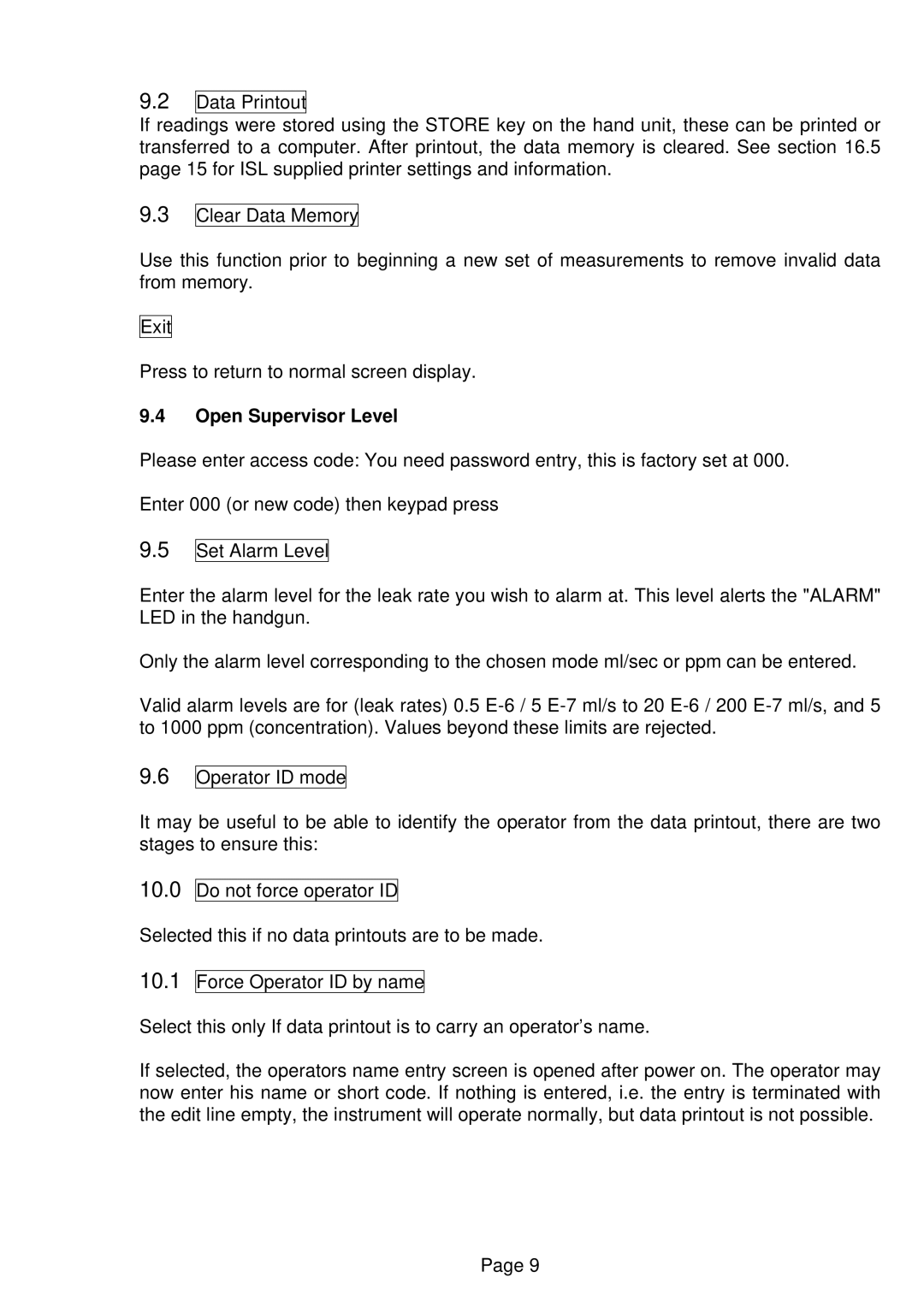SF6 specifications
Innovation technology in the realm of electrical applications has increasingly turned its focus towards SF6, or sulfur hexafluoride. This gas is recognized for its excellent insulating properties and is widely utilized in high voltage equipment. SF6 is colorless, odorless, and non-toxic, making it a preferred choice for many industries, particularly in electrical utilities and power generation.One of the main features of SF6 technology is its superior dielectric strength. The gas can prevent electrical discharges even in high voltage environments, which minimizes the risk of electrical failures and enhances the safety of electrical equipment. Furthermore, the thermal stability of SF6 allows it to withstand significant temperature variations, making it highly effective in various environmental conditions.
Another notable characteristic is its ability to quench electrical arcs. SF6 has a high electron affinity, meaning it can effectively absorb free electrons present during arcing, thereby extinguishing the discharge. This feature is crucial for circuit breakers and switchgear, ensuring reliable operation and protection against faults.
In addition to its insulating capabilities, SF6 technology supports a range of innovations in smart grid applications. The gas is compatible with advanced monitoring systems that facilitate real-time assessments of electrical equipment’s health and performance. These monitoring systems can detect potential issues before they escalate, promoting preventive maintenance and reducing downtime.
However, despite these advantages, the environmental impact of SF6 has raised concerns. As a potent greenhouse gas with a global warming potential significantly higher than CO2, industries are exploring alternatives and seeking ways to mitigate SF6 emissions. Innovations such as gas mixtures and the development of alternative insulating technologies are underway, aiming to address these challenges while maintaining reliability and efficiency.
Furthermore, ongoing research continues to improve the lifecycle management of SF6, encompassing better handling, recycling technologies, and effective disposal methods. Transitioning towards a circular economy in the use of SF6 presents an exciting frontier in electrical technology, marrying the benefits of reliable insulation with unwavering commitment to environmental stewardship.
In conclusion, innovation technology in SF6 embodies a blend of superior electrical performance and an urgent need for sustainable practices, marking a pivotal point in the evolution of electrical engineering and power management systems. As industries navigate the balance between performance and environmental responsibility, SF6 remains at the forefront of technological advancements in high voltage applications.

